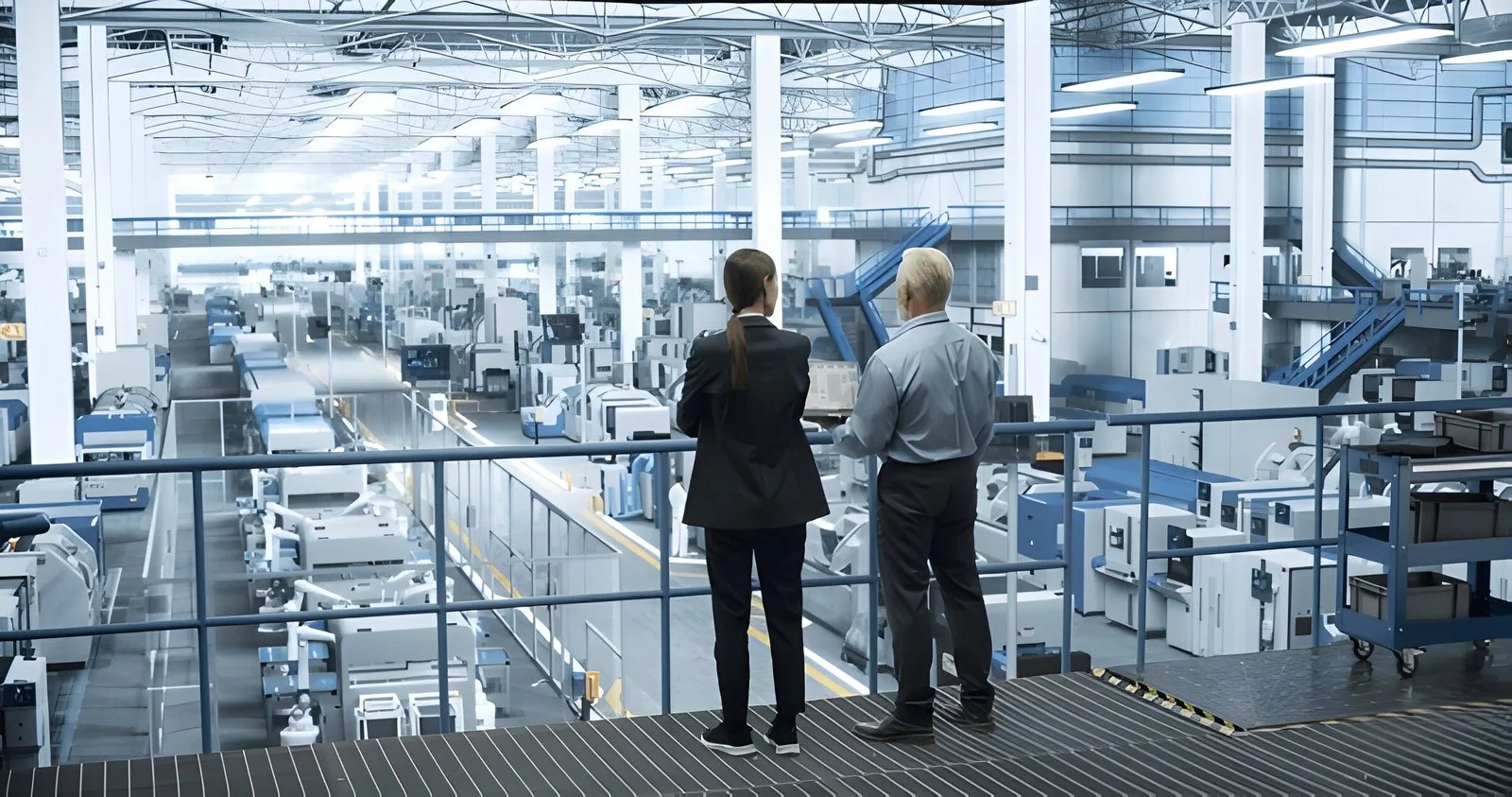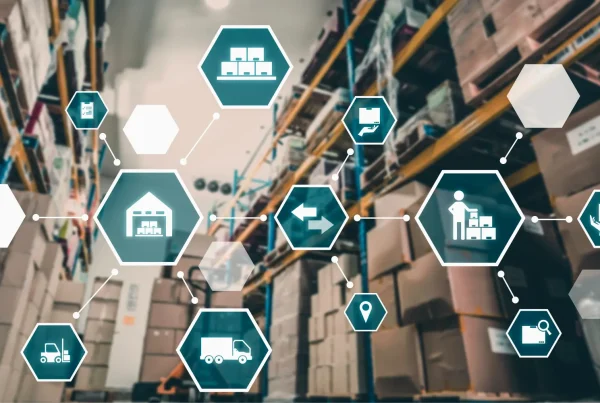Struggling to keep up with fluctuating production demands? Wondering how to efficiently manage customized products? Intermittent production might be your solution.
What if production could start and stop as needed, rather than running continuously? How does this method handle the balance between flexibility and efficiency?
In this blog, we’ll explore intermittent production systems. Learn how producing in small batches can adapt to market changes and boost efficiency. Curious about how it compares to mass production flow? Dive in to find out.
What Is Intermittent Production?
The intermittent manufacturing process focuses on short, varied production line runs. Instead of a continuous production system, it involves distinct batches. Each batch is produced, and completed, and then the next batch begins. This method allows for quick adjustments. It uses versatile machines and tools, which can handle different tasks. The process is flexible and efficient. It’s ideal for businesses that do not need a constant output.
Let’s find out how intermittent production differs from a continuous process.
Difference Between Intermittent and Continuous Production Processes
| Intermittent Production | Continuous Production System |
| Goods are made in batches, with pauses for adjustments (irregular production schedules). | Goods are produced continuously without interruption. |
| Low to medium production volume. Typically used for smaller, specialized orders. | High volume; ideal for mass production and large-scale operations. |
| Longer lead times due to batch processing and setup times. | Shorter lead times as products move through the production process without delay. |
| Energy use varies. Machines may be turned off between batches. | Steady and consistent energy use for optimal efficiency. |
| Inventory management is complex. Often results in higher levels of raw materials and WIP. | Inventory management is tightly controlled. Lowers inventory costs. |
| Requires flexible supply chain. | Relies on a stable and consistent supply chain. Disruptions can halt the entire production process, leading to significant losses. |
| More waste from changeovers. Easier to manage on a small scale. | Lower waste generation due to optimized processes. But any production error can result in large-scale waste. |
| Easier to implement and update for different products. | Regulatory compliance is challenging due to the scale of operations. Changes may need a complete system overhaul. |
| Quick to adapt to new or trending products. | Less responsive to market changes. |
| Requires dynamic and flexible relationships with multiple suppliers to accommodate different batch requirements. | Builds long-term, stable relationships with a few key suppliers. It ensures consistency and reliability in material supply. |
Key Features and Types of Intermittent Production
1. Batch Production: Goods are produced in small batches. Each batch is processed as a unit, making it easier to monitor progress and ensure quality. This method allows for quick adjustments, which is crucial in a dynamic market.
2. Job Shop Layout: The job shop manufacturing is versatile, with machines and tools organized to handle various tasks. This setup supports different product types without major reconfigurations, offering flexibility in production.
3. Discrete Production: This involves making distinct, separate products. Each item is individual and often produced in specific quantities or batches. For example, manufacturing car parts, custom furniture, or electronics.
4. Skilled Workforce: Workers possess diverse skills, enabling them to operate multiple machines and perform various tasks. Continuous training is essential to maintain efficiency and adapt to different production runs.
5. Varied Product Lines: Intermittent production supports a wide variety of products. Businesses can easily switch between different product types, making it ideal for companies with diverse offerings.
6. Flexible Scheduling: Production schedules are adaptable, changing based on demand and order volume. This flexibility reduces idle time and increases overall productivity.
Benefits of Intermittent Production
1. Lower Inventory Costs: Intermittent production reduces the need for large inventories. Businesses produce finished goods based on actual demand, cutting down on storage costs and minimizing waste.
2. Reduced Waste: Producing in small batches lowers the risk of overproduction. By aligning production with demand, waste is minimized.
3. Quick Response to Market Changes: This method allows businesses to respond rapidly to shifts in market demand or customer orders, providing a competitive edge.
4. Enhanced Quality Control: Smaller batch sizes enable better quality control. Issues are easier to identify and resolve early, ensuring higher quality products.
5. Efficient Resource Use: Resources, including workforce and equipment, are allocated based on current needs. This efficient use of resources reduces downtime and boosts productivity.
Challenges of Intermittent Process
Intermittent production, while flexible and adaptable, presents several challenges that can impact efficiency, cost, and overall productivity. Understanding these challenges is crucial for businesses aiming to optimize their operations.
1. Production Planning and Scheduling
One of the most significant challenges in intermittent production is managing the complex scheduling requirements. Since production is based on demand, schedules can change frequently. This variability makes it difficult to plan resources effectively. Misalignment in scheduling can lead to idle machinery, an underutilized workforce, or missed deadlines. Balancing the production timeline with customer orders and available resources requires precise coordination.
2. Higher Operational Costs
Intermittent production often involves higher operational costs compared to continuous production methods. Each new batch may require different materials, tools, or setups, leading to increased expenses. The need for frequent changeovers and setups can drive up costs further. Additionally, maintaining a skilled workforce capable of handling diverse tasks can be expensive. Businesses must invest in ongoing training and technology to keep costs manageable, which can strain budgets.
3. Inventory Management
Inventory management in intermittent production is tough due to changing demand. Businesses need to balance having enough stock to fill orders without overstocking. Overstocking ties up capital and adds storage costs.
Demand unpredictability can lead to excess inventory or stockouts. Both situations are costly. Efficient inventory management systems help. But they can be complex and require significant resources to set up and maintain.
4. Quality Control Issues
Ensuring consistent quality in intermittent production is challenging. Small batch sizes and frequent process changes increase the risk of variability. Each batch may need different setups or materials. This makes it hard to keep quality standards uniform.
If not managed well, this variability can lead to more defects, rework, or customer complaints. Rigorous quality control is needed, but it can slow down production and raise costs.
5. Resource Allocation
Efficient resource allocation is a big challenge. Intermittent production needs flexible use of machines, labor, and materials. This flexibility can lead to inefficiencies. Machines might be underused when demand is low or overworked during peak times. Workers can have uneven workloads, causing burnout or inefficiency. To avoid these issues, businesses need careful planning and real-time adjustments.
Balancing Cost and Efficiency in Intermittent Production Method
Intermittent process comes with challenges, particularly in balancing cost and efficiency. Here’s how businesses can manage these aspects:
1. Cost Management
Intermittent production brings variable costs. Each production run changes, affecting expenses. Businesses must track costs closely for each batch.
Precise inventory control is essential. Order materials based on current needs to avoid overstocking and waste. Invest in quick-change equipment to cut setup times. Continuous worker training also helps lower production costs.
2. Efficiency Management
Efficiency in intermittent production focuses on maximizing output and minimizing waste. To achieve this, streamline production processes. Reduce unnecessary steps and standardize workflows. This helps maintain consistency and speed.
Use technology to boost efficiency. Automated systems manage scheduling and inventory. They align production with market needs and cut idle time. Regular equipment maintenance is crucial. It prevents breakdowns and keeps operations running smoothly.
3. Workforce and Lean Manufacturing Process
A skilled workforce is essential for efficient intermittent production. Continuous training keeps the workforce versatile and capable of handling diverse tasks. Implementing lean manufacturing principles, which focus on reducing waste and increasing value, further enhances efficiency. By identifying and eliminating non-essential steps, businesses can streamline operations without sacrificing quality.
Conclusion
Intermittent production offers flexibility and customization. It allows businesses to adapt quickly and maintain quality. While it has challenges, proper management ensures smooth operations. Businesses must stay sharp, train workers, and use technology effectively. With the right approach, intermittent production meets diverse needs and drives success. This method minimizes waste, reduces costs, and keeps inventory fresh.
Take the Next Step
Intermittent production offers a strategic approach to manufacturing. It aligns production with market demands and reduces risks. With the right inventory management solution such as Impact Analytics InventorySmart™, businesses gain a competitive edge.
Frequently Asked Questions
What industries benefit from intermittent production?
Industries with variable demand or customization needs, like automotive, electronics, fashion, and food services.
How to optimize intermittent production?
Streamline processes, invest in training, leverage technology, maintain equipment, and monitor inventory closely.
How does technology enhance intermittent production?
Technology improves scheduling, tracks inventory, predicts demand and optimizes supply chain management.





